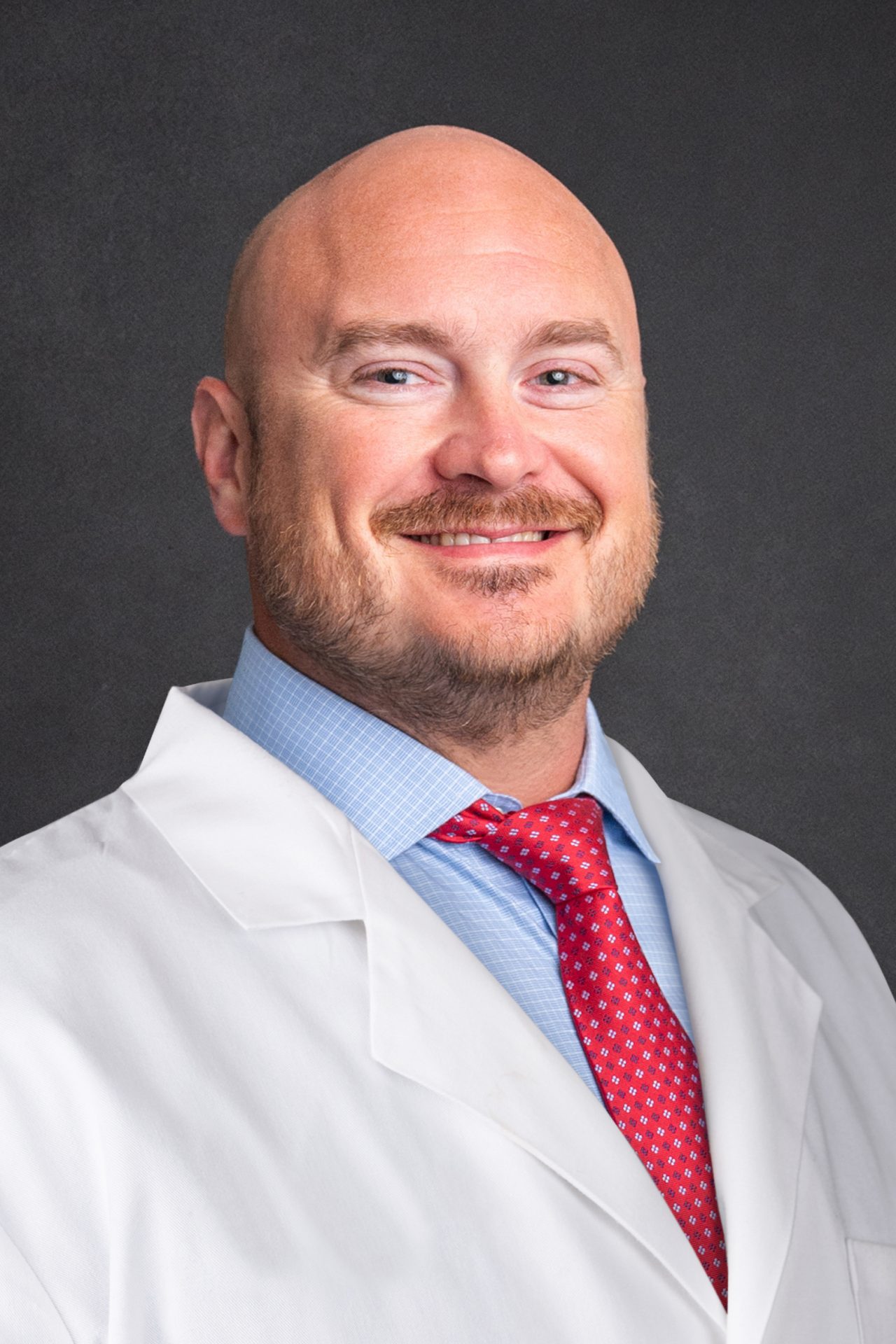By Dr. Jennifer Wallace, Physiologic Dentist in Beaufort, SC
Breathing is an essential part of life. However, it’s such a natural part of life that most people don’t ever think about it. For instance, do you know whether your child breathes through their nose or their mouth?
Most parents do not know the answer nor do they have any idea of the many health consequences mouth breathing can have on a child’s life.

If your child is breathing through their mouth, it can affect their immune system, their posture, their ability to pay attention, their mood and even change their facial structure. Mouth breathing can impact how your child’s whole body develops as well as the condition of their health for the rest of their life.
Dr. Jennifer Wallace uses her expertise from years of helping patients, clarifying orthodontic approaches and relating the bigger picture of what is happening to a child who is mouth breathing.
What is Normal Breathing?
Breathing through the mouth versus breathing through the nose has extremely different effects on the body. Human beings are not designed to breathe through their mouths. The mouth is designed for making sounds (communication) and for consuming food. At all other times, the mouth should naturally remain in a relaxed, but closed position.
When a child is breathing normally, the breathing is silent, rhythmic and effortless. The optimal progression is: air is inhaled through the nose while the lips create a seal. The diaphragm pulls air deep into the lungs filling them completely. Then, it releases the air allowing the body to oxygenate. When the body is fully oxygenated, the nervous system can exist in a parasympathetic state, a relaxed state that is required for many bodily functions to occur. Normal breathing supports healthy facial development.
Mouth breathing has wide-ranging consequences, from those that are annoying to those that are life-changing.
Minor problems include chronically dry lips, mouth, and teeth (which increases the propensity for cavities). More often, however, mouth breathing leads to crooked teeth, an underdeveloped jaw and poor development of the face.
When the mouth is left open to breathe, the muscles in the cheeks become taut. These taut cheek muscles apply an external force to the upper and lower jaw which creates a narrowing effect on the dental arches and the face. Also, the tongue, which is meant to rest on the roof of the mouth naturally, drops down into the floor of the mouth.
This tongue position can cause the upper arch to become narrower (due to the lack of lateral pressure), and the mid-face will not develop normally because the tongue does not push this part of the face out. A child may end up with a narrow face or with mid-face deficiencies, the outcome determined by genes and other factors.
Two studies in the American Journal of Orthodontics & Dentofacial Orthopedics by dentist Egil Harvold illustrate this phenomenon quite clearly. In both studies, researchers plugged the noses of young monkeys forcing them to adapt by breathing through their mouths. They found that all the monkeys who were made to breathe through their mouth developed crooked teeth and poor jaw and facial development. Specifically, mouth-breathing led to “a lowering of the chin, a steeper mandibular plane angle, and an increase in the gonial angle.” In other words, the face became long and narrow, the jaw less prominent and the chin and the lower jaw retracted.
Signs of a Mouth Breather
- Snoring
- Sleep apnea
- Lack of concentration
- Allergies
- Sinus problems
- Chronic sickness
- Swollen tonsils and adenoids
- “Allergic Shiners”- dark circles under the eyes
- Long face
The Impacts of Less Oxygen
Mouth breathers also generally use the wrong body parts to breathe; they initiate breathing in the upper chest as opposed to the diaphragm. Because the body has to exert a great deal of energy to pull the ribs apart to inhale, breathing is labored. Air only fills the upper portion of the lungs and never wholly fulfills the body’s need for oxygen. As a result, a chest-breather will take extra breaths or may develop a yawning habit. This task is the body’s way of taking in a large volume of air to make up for the oxygen deficit.
This kind of breathing is often erratic, noisy or inconsistent and keeps the individual in a sympathetic nervous system state. This “fight or flight” rule does not support many of the biochemical and organ functions that require a relaxed nervous system: digestion, nutrient distribution, sleep, and hormonal patterns, growth, healing, recovery from exposure to environmental stressors and toxicity, mental acuity, mood modulation, and many others.
Mouth breathing also dramatically affects a child’s mental development. Because children who breathe through their mouths are not fully oxygenated, they often do not rest well at night. When they wake up in the morning, usually they may be tired and find it difficult to maintain focus and attention and can even end up with a false diagnosis of ADD or ADHD.
Structural Changes in the Body
The body develops a forward head posture to compensate for developmental deficiencies from an abnormal breathing pattern. This improper posture, in turn, places undue and long-term stress on the neck, shoulder and cervical muscles, resulting in a chronically tight neck as well as head and shoulder pain. The lower back also becomes arched in an attempt to counterbalance the weight of the head leading to weakness or pain in the lower back. And the adjustment of the body continues with gradual changes to the hips, knees, ankles, and feet as well as internal organs that depend on a normal alignment.
Summary
Mouth breathing is a topic almost no one discusses. Most accept it as being normal especially if a child has nasal congestion. Mouth breathing impacts many body systems, including facial development, the alignment of jaws, functioning of the body and posture, and one’s mental acuity. If you or your child breathe through the mouth, please seek help from your physiologic dentist, it can be life changing.
Parents, do you find yourself asking these questions?
- Why is my child restless during sleep?
- Why does my child suffer from bedwetting?
- Why can’t my child stay asleep all night?
- Why does my child snore?
- Why does my child sleep with his or her mouth open?
- Why does my child hold their head in front of the shoulders?
- Why does my child get frequent ear infections?
- Why does my child have asthma?
- Why does my child have allergies?
- Why does my child have frequent sore throats?
- Why does my child have bad breath?
- Why does my child have cavities so often?
- Why does my child have crooked teeth?
- Why does my child grind his or her teeth?
If you are not getting answers for these questions, it may be time to talk with Dr. Wallace. She is focused on whole-health dental care and practices physiologic dentistry in Beaufort. She sees patients all over the Lowcountry from Savannah to Columbia, Charleston and beyond.
Please call Palmetto Smiles of Beaufort for more information about jaw growth orthodontics at (843) 524-7645.
Online
palmettosmilesofbeaufort.com
Facebook
facebook.com/PalmettoSmilesBeaufort/
Instagram
instagram.com/palmettosmilesbft/
1Egil P.Harvold L.D.S., Ph.D.George Chierici D.D.S.Karin Vargervik D.D.S.
From the Section of Orofacial Anomalies, University of California, San Francisco, San Francisco, Calif., USA
American Journal of Orthodontics, Volume 61, Issue 1, January 1972, Pages 38-44







